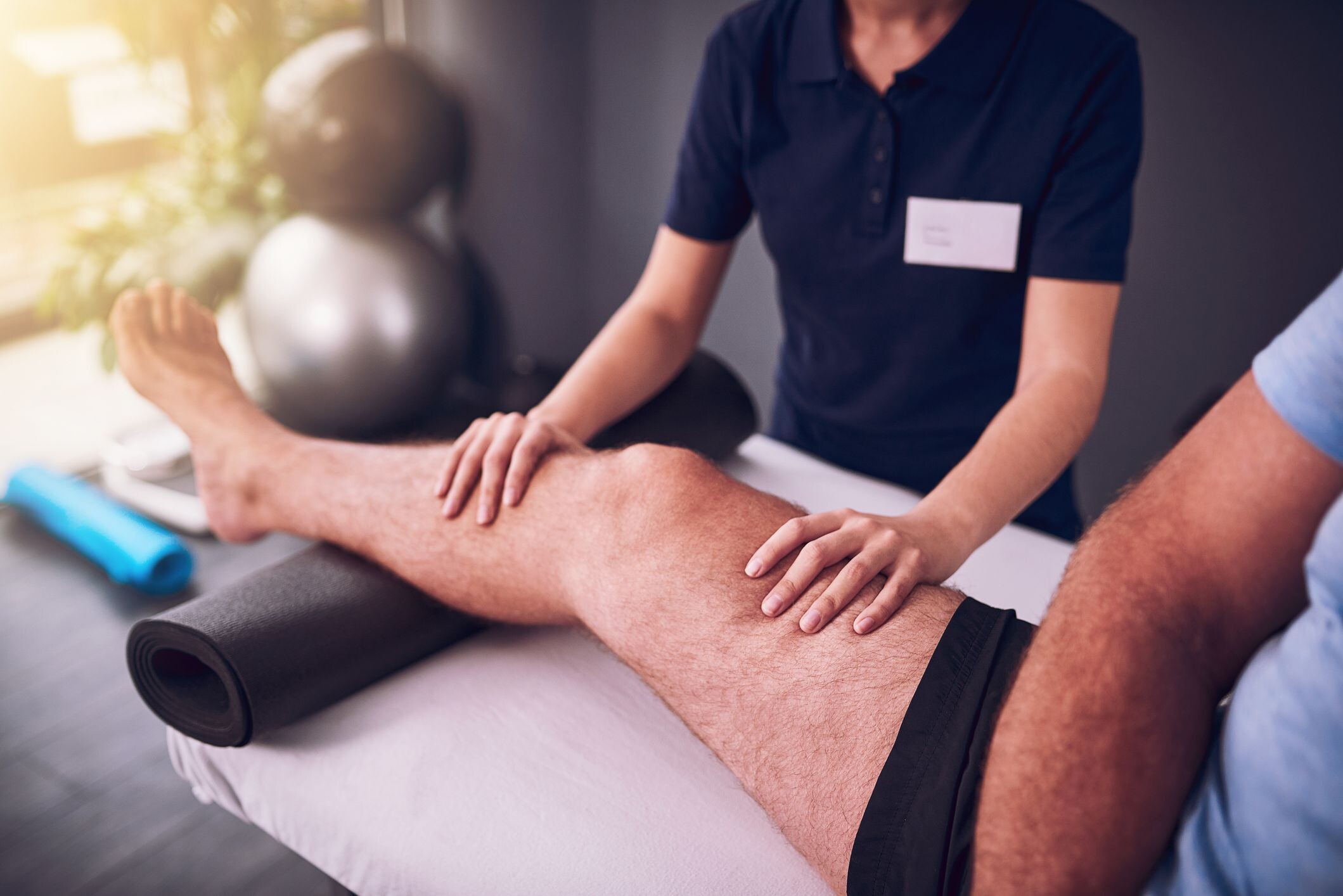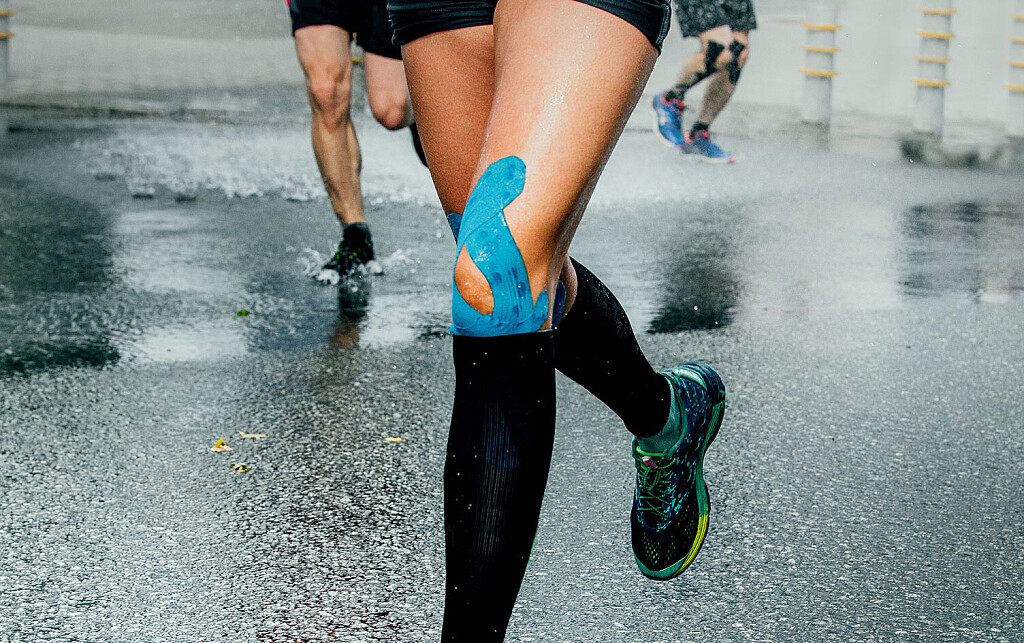Running News Daily
Running News Daily is edited by Bob Anderson. Send your news items to bob@mybestruns.com Advertising opportunities available. Train the Kenyan Way at KATA Kenya and Portugal owned and operated by Bob Anderson. Be sure to catch our movie A Long Run the movie KATA Running Camps and KATA Potato Farms - 31 now open in Kenya! https://kata.ke/
Index to Daily Posts · Sign Up For Updates · Run The World Feed
Good pain vs. bad pain: how do you know which is which?, Spot the differences to prevent injuries
Running is hard work, which means that sometimes, it’s going to make your body hurt. While a certain amount of pain or soreness is expected and normal, it can also indicate the presence of an injury. How do you know which is which? Distinguishing between good pain and bad pain isn’t always easy, but following these guidelines can help you make sense of the two to prevent injuries.
What is good pain?

The term “good pain” sounds like an oxymoron, but it’s important to remember that in this case, it doesn’t truly refer to pain, but rather the soreness and fatigue brought on by exercise. That burning feeling you get in your legs near the end of a hard run can be classified as good pain, as can the DOMS (delayed-onset muscle soreness) you might feel the day or two after a tough workout.
There are two main characteristics of good pain that tell you it’s not a problem: duration and symmetry. Good pain should resolve itself either as soon as you stop the activity, or, in the case of DOMs, within two or three days after your workout. Soreness that lasts longer than that indicates that you may have done too much, or the workout was beyond your current fitness level. Good pain should also be felt on both sides of the body. After a hard run, you should feel equally as tired in your left leg as your right, for example.
Good pain also shouldn’t restrict your ability to go about your daily tasks to an extreme degree. Yes, you may have trouble sitting down after doing some heavy squats, or walking down stairs might be tough after a marathon, but if you’re completely unable function, you’ve done too much.

When good goes bad
Recognizing when pain is becoming problematic is an important step in preventing an injury from getting worse, or materializing in the first place. If you’re not sure if the pain you’re feeling is something you should be worried about, ask yourself these questions:
Where is the pain? Pain or discomfort on only one side of the body, for example, is an indication that something’s not right. You could have a muscle imbalance or strength discrepancy from one side to the other that could lead to an injury. If this is the case, it’s worth talking to a physiotherapist or sports doctor who works with runners to figure out what’s going on before it gets worse.
Does the pain persist? If your pain doesn’t dissipate after 24 hours, or if it returns every time you run for three consecutive runs, it’s time to cut back on your mileage and intensity and seek out some help.
How painful is it? Pain or discomfort that’s a four out of 10 or more shouldn’t be ignored. Pain that’s less than that should still be monitored, but once it starts to get more intense, it’s time to call it quits and get some help. Tightness should be evaluated in the same way, because often a tight muscle that you can’t seem to relax is a precursor to an injury.
Is it forcing you to change your gait? Runners will often try to push through an injury by changing the way they run to protect the injured area, which can lead to injuries in other parts of the body. If any pain is forcing you to change your stride, it’s become too much and requires attention.
by Brittany Hambleton
Login to leave a comment




